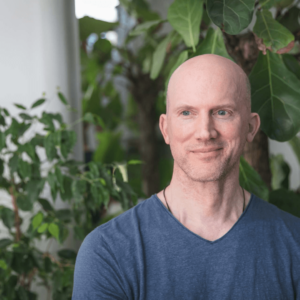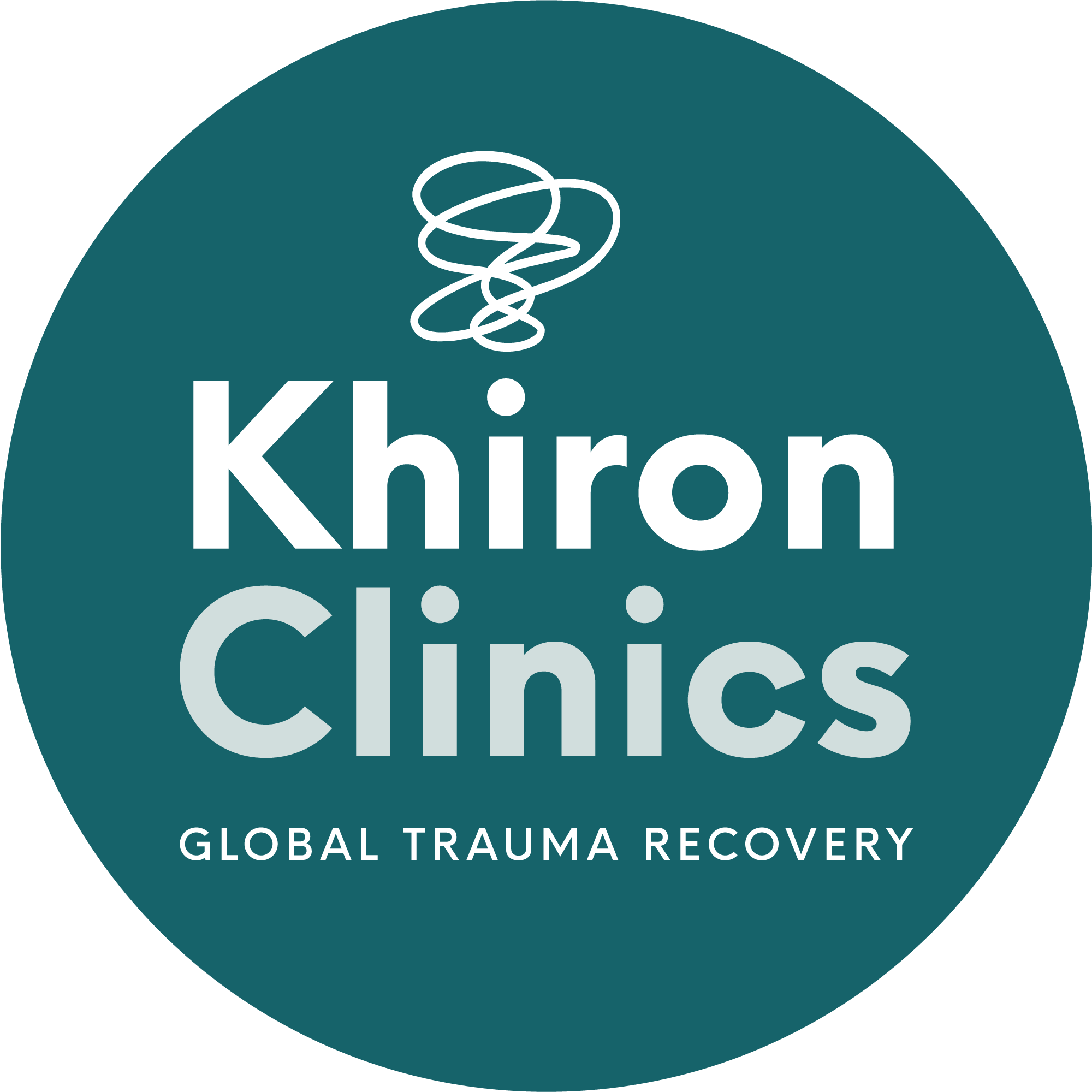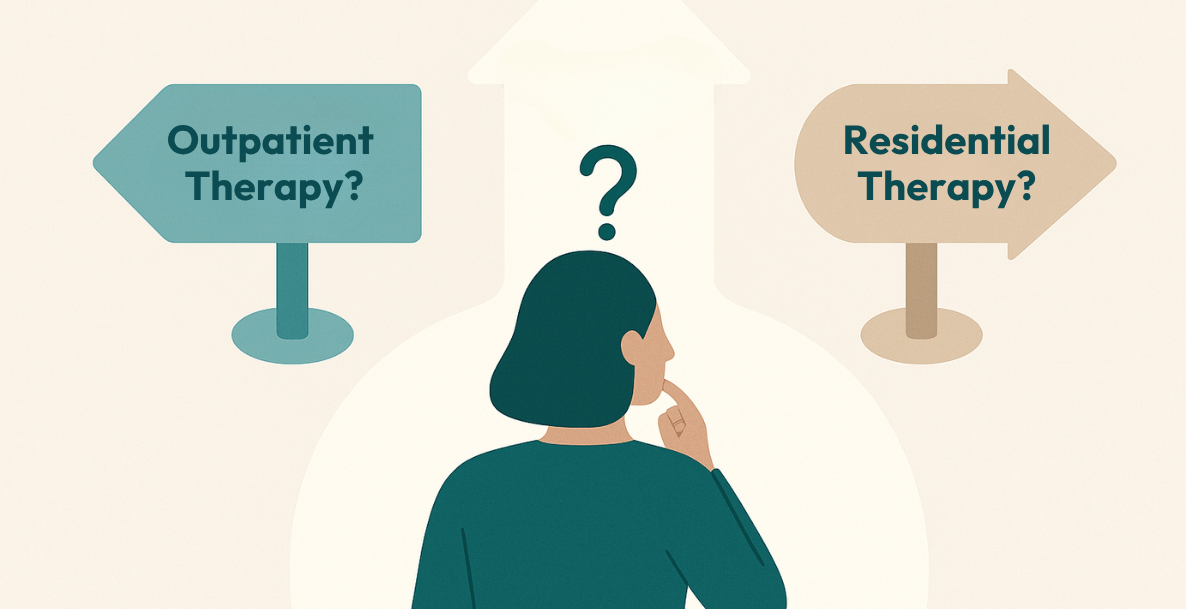by Benjamin Fry
Delighted that Addictions Today magazine decided to publish my article. It isn’t easy to read the colourful pdf so here’s the copy. It’s quite long but I hope you’ll find it interesting…
Background
I was in the grips of what would classically be called a nervous breakdown a few years ago, and as a psychotherapist myself, I was naturally highly resistant to thinking that I was in any way mentally ill. I thought I was just a little bit worried. In fact, I was descending into a near psychotic state of anxiety, masking depressive episodes, and looking back on it was clearly very, very ill.
Over and over a friend, who was a psychotherapist who specialised in addiction, would tell me that I had to go to the Meadows in Arizona for help. My reaction to this at the time was probably coloured by my opinion that she was in general just a little bit over keen on this institution, which had helped her as a patient considerably; in fact I probably thought that if I called her up and told her that I had lost my dog, the advice would also be to go to the Meadows. In this case though she recommended it for trauma. I knew I needed help for trauma, but why would I go to a rehab for that?
Unfortunately I became so ill that it didn’t matter much what the rhyme or reason for getting help was, I wasn’t going to survive without it. I had exhausted the private and state options in the UK without success, so the Meadows seemed like the last throw of the dice. Much against the prevailing opinion of both my family and the one I came from, I dropped myself tranquilised and hysterical onto a plane to Phoenix.
What is Trauma
A little ironically perhaps, it wasn’t actually the Meadows were I got well. They have a little after-care unit called Mellody House (named after Pia Mellody who founded much of the clinical work at both) which they advertise as extended care for trauma.
I went there with a friend who had been through the primary programme with me; he was on his fourth rehab for drug addiction, and I was newly medicated into some kind of stable state of mind. We went through exactly the same programme in primary treatment, and exactly the same programme in extended care. I saw him last weekend and he was doing really well; as I hope am I. So this raises the question, what has a drug addict got in common with a florid neurotic, and why would the same treatment programme get them both so well?
Rather boringly these days, my answer to almost any question (see lost dog example above) is always the same too; trauma. I have become a benign zealot in the wake of these experiences, my subsequent learning and clinical practice. Trauma has become a well-thumbed noun these days in acute mental health and addiction care, but the word is bandied around a little too freely. As a diagnosis, or even treatment plan, it can point to many places in its current wide-ranging use. However trauma does have a definition, and it doesn’t come from a description of behaviour, or in a proscription for care.
The Body Knows
The first thing you need to know about trauma is that it is in the body, and not in the event. Trauma is a biological process, independent of our minds, and even our species. Almost everything you need to know about the bio-medical aspects of trauma, and how they relate to the human condition can be found in Peter Levine’s book “In An Unspoken Voice”, which summarises his 45 years of research on the topic. His clinical conclusions from this work were the foundation stone of the treatment protocol at Mellody House.
Peter Levine began his academic career with a doctorate on medical neurobiology and has concerned himself during much of his research with the behaviour of animals as they flex their stress response in the wild; preying on and being preyed upon. His work is grounded in common factors across mammals and other species, and the bio-medical systems of organisms over millions of years of evolution. Coming from a background in psychotherapy, it makes a nice change from “tell me about your mother/father”.
There is much less subjectivity in the topic when it gets grounded in some fairly basic science. The application of the treatment it implies remains somewhat of an art, but at least the discussion of the theory behind it gets more and more grounded the further you go into the specifics of the biology of trauma.
The Unfinished Cycle
Taking a mechanistic view of the body (you can forget the mind for now), we can quite easily begin to see where the problem lies, for both mental health sufferers and addicts.
When a biological system responds to threat, in our case through the reptilian brain in the brain stem, or from the mid-brain limbic system, much of our response to this threat is hard wired. Our pro-frontal cortex at the top of the head (the place where we do our thinking, and often our therapy) is not required.
Our response to threat will go through different phases, which correspond themselves to different phases of complexity in evolution. At the most benign level, we engage with threat socially, like at a UKESAD dinner, testing who is friend and who is foe. If voices are raised across the room, we might escalate to our adrenalin response, a preparation perhaps for a full blown reaction. Once furniture starts flying, we will move quickly into the “fight or flight” response, which is a highly activated state of physical intelligence. We are ready to fight for our life, or if we judge this to be a losing strategy, to run for our life. In this response, the body is running its own show, hardwired from evolution to engage only with the lower parts of our brain. The cognition, the pre-frontal cortex, is largely parked in neutral.
From this place of super-activation, we can go one step further. If all the doors are blocked, and our assailants armed with multiple machine guns, we will become aware of the hopelessness of both fight and flight, and move in an instant to “freeze”. We often talk about dissociation, or being out of our bodies. Addicts will often relapse in this fog, reporting that it was almost as if someone else was doing it. This seems inconvenient, but in that initial moment of self-protection, the freeze response was a vital defence against a terminal overload of the nervous system.
Animals which survive such a stage of being attacked in the wild can recover. If their predator is distracted and does not kill them, the frozen prey will emerge from this biological stasis, and begin to recover its vital functions. Over and over again Levine observed this process; and every time it was a natural reversal of the biological stepping stones which led to it.
Coming out of freeze brings us right back to fight or flight, and through the discharge of this energy back to a calm, regulated place for our nervous system and latent threat response. Polar bears can do it, bunnies can do it, impalas can do it; we can’t. We seem to have a problem with running around like a wild animal in the throes of self-defence, when we are in fact minding our own business at a bus stop, alone on a wet Wednesday afternoon. That extra piece of our brain, the wonderful verbal meaning-making pro-frontal cortex gets in the way.
When I am discharging energy from a frozen fight/flight response and I’m just sitting in a safe place with safe people, I feel pretty silly. But I used to find it terrifying, and impossible. In fact I had to learn to do it all over again; I had lost the natural arc of letting my body return to health years ago, probably in infancy. The consequences of losing this birth right of my nature have been severe.
The Effects of Unfinished Business
Imagine all of that energy trapped inside me, struggling to get out, unable to stay in or to leave. That would be pretty uncomfortable. Then imagine getting a big cattle prod and sending an electric shock into the middle of that unexploded bomb. That’s what trauma is like, both when dormant, and when activated.
In its resting state, it will simply dysregulate my nervous system, so that my response to threat is either constant, or binary (on/off rather than proportionate). This leaves me highly reactive, and is a cornerstone of mania and anxiety. To compensate, I may sink from this sympathetic nervous system response into the place where my body is programmed to spend time at rest, the para-sympathetic nervous system; and when I overdo this, it will look like lethargy, despair and depression.
When this background dysregulation is hit by a specific trigger, all hell typically breaks loose. The pressure on my system to discharge this energy may only be matched by the resistance to the danger of this discharge signalled by the parts of my brain that prefer to stay in control. It is this tug of war between the pro-frontal cortex and the limbic system that keeps me in a place of extreme biological discomfort and might lead to other people treating me like an unexploded bomb, at best. Sound familiar?
What It Does To Us
Over a few thousand years, humankind has become quite adept at coping with biological dysregulation, which is epidemic in our species. Since it is a biochemical problem, introducing chemicals into the biology can be a great temporary cure; so drink, drugs, food and medicine have all become popular choices. But external chemicals aren’t the only way to change my biology; sex, love, fantasy, gambling, risk, intensity, these are all great ways to change my relationship with my body, my nervous system and my biology.
The other great escape is to recreate the initial conditions of the trauma itself. This sounds paradoxical, but actually if your limbic system is sending constant alarm bells into your cognitive system telling you that there is great danger, right now, in your body, then getting into an environment, or a relationship, or an activity which matches these non-verbal signals is a great relief; often it’s the only time when a person with trauma feels “whole”. Hence, “I know he’s bad for me, but it just feels so right, etc. ad nauseam.”
Of course, if it works the relief is tremendous, and the desire to return to it can be overwhelming. Couple this with an addictive nature, genetic predisposition, or whatever else you subscribe to as the pre-conditions for an active addiction, and the outcome is guaranteed, with all of the ensuing problems we know about. There is much work to be done on the behavioural choices when faced with biological dysregulation, and the cognitive activity that goes along with so much unexpressed energy, but the real cure, if you like, is to work from the bottom up, removing the drive for all of this in the first place. That’s whyy both me and my roommate got well in treatment, me from my anxiety and him from his addiction; we both had the same fundamental problem, addressed by the same fundamental treatment, even though our more complex functions expressed this problem in different behavioural and cognitive ways.
And What To Do About It
The first injunction of Peter Levine is to go slowly. Our resistance to resolving our trauma is due to the way that this discharge itself overwhelms us and pushes us back into a trauma response, so you can’t rush it. Once that is established, the key idea is to simply allow the body to do what it needs to do, and to get the brain largely out of the way. This is obviously much harder done than said.
You can start the process as simply as with a book. A well-known addiction therapist recently said to me that he had lost count of the number of clients who had read Peter Levine’s first book “Waking The Tiger” and immediately felt better about themselves. There is a lot of shame reduction in understanding the biology of behaviour, and on a deeper level, the more the cognitive brain knows about the process the less it will resist the body’s instinct to resolve trauma.
Therapeutically there are a number of body-based systems of psychotherapy (usually guiding the awareness into the body rather than touching it), and Levine’s, Somatic Experiencing, is one of them. In its most basic form, it is an invitation to the client to become aware of the sensations in his or her body, much like Gendlin’s focusing, and then to track this “felt sense”.
If a client has a difficult sensation, or thought or feeling, then the idea is to “pendulate” from here to a much safer sensation, memory or feeling; and to iterate this process a number of times. So for example when I am working with a client cognitively (which is my training) and they mention that they are feeling something in their body, I will pause to check that out.
Me: so just take a moment to notice that sensation
Client: my chest feels really tight
Me: see if you can just be with that feeling without trying to change it and let me know what happens next, if anything.
If this resolves itself, then you can move on, if not, you might like to bring the client back to a safe place, either in their body or via an external resource
Me: is there a place in your body which feels good right now?
Client: no
Me: can you think of a place, or a memory which helps you to feel good/safe/in control?
Client: yes, my uncle’s cabin in the woods.
And help them to transition their felt-sense back to something which promotes an internal feeling of security. This can then be gently and carefully iterated if necessary. The key is to just offer a brief window into what the body is trying to express. It is not necessary to try to do all of the work which a trained practitioner might do with these techniques.
Just this simple idea has allowed so many of my sessions with clients to stop cycling around a series of baffling ideas, and to begin to ground in the resolution of a discharge of somatic energy. If this works for a client, or they seem to get something from it, I will often recommend that they go to see a specialist in this work.
This got so frequent in my practice once I returned from treatment and began working again that I actually set up my own residential clinic in the UK, modelled on Mellody House, to make this work available for the people who, like I did, continue to suffer so much with so little effective help.
The body is a vast resource of untapped intelligence in treatment. Addiction is usually a compulsion to medicate. This work allows a route into the source dysfunction which requires the medicine. Resolution in that place can be life-long and life changing. I recommend it!
Benjamin Fry works across a range of services and media using personal, professional and scientific expertise to help people to a baggage-free life. A published author, and a past columnist for The Times and Psychologies magazine, Benjamin is a social activist in mental health. He founded Get Stable in 2010 to get effective treatment paid for by the state and his great passion is to bring treatment, which works, to all levels of society and across all severities of conditions.
If you would like a weekly email about new posts on our blog please sign up for our mailing list in the box above right.







